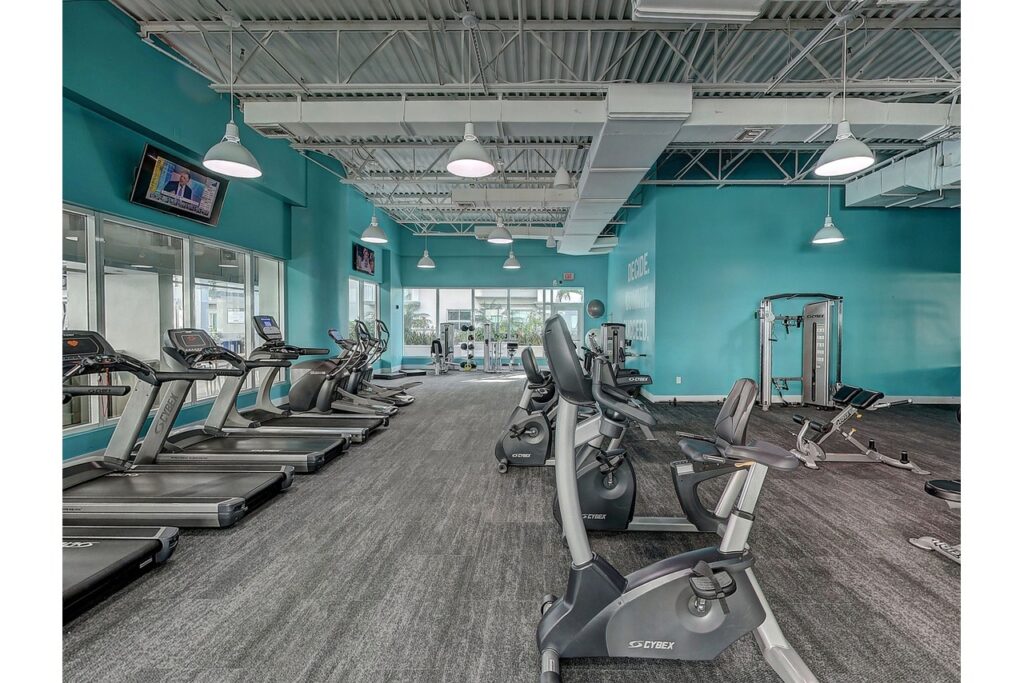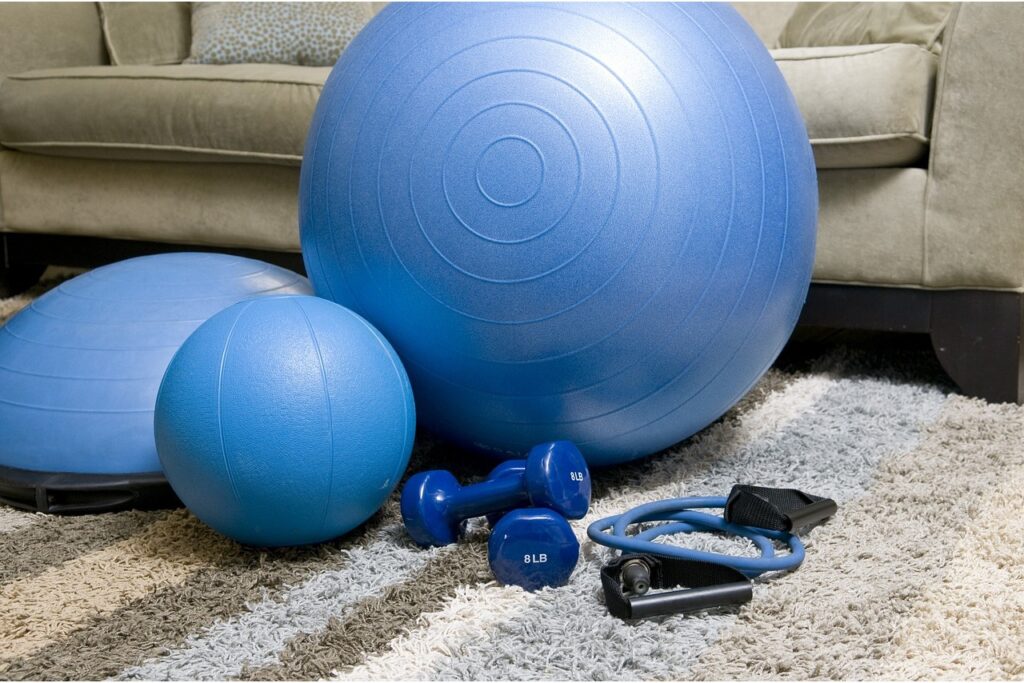Introduction to the Rate of Perceived Exertion (RPE)
Rate of perceived exertion (RPE) is a valuable tool in the healthcare field. It helps both professionals and patients gauge the intensity of physical activity. The RPE scale, created by Dr. Gunnar Borg, offers a subjective measure of exercise intensity and is widely used for its simplicity and effectiveness.
In this post, we will explore the RPE meaning and its practical applications. We’ll guide you through understanding how to implement it in clinical settings, its benefits, and its role in telehealth. By the end, you’ll grasp the potential of RPE as a tool for patient engagement and remote monitoring.
Understanding the RPE Scale and Its Application

The RPE scale ranges from 0 to 10 or 6 to 20, depending on the specific version used. A score of 0 or 6 indicates no exertion, while a score of 10 or 20 represents maximal effort. This subjective measure allows patients to rate their exercise intensity based on their feelings of effort, fatigue, and breathlessness.
Healthcare professionals use the rate of perceived exertion scale to tailor exercise programs to patients’ individual needs. For instance, a patient recovering from surgery might be advised to keep their exertion level at a moderate 3 to 4 on the RPE scale. This ensures they push themselves enough to build strength without risking injury.
Using RPE in clinical practice provides a standardized way to monitor and adjust exercise intensity. It also empowers patients to take an active role in their rehabilitation process.
The Benefits of Using RPE in Healthcare
One key benefit of using RPE in healthcare is the personalized approach it offers. Unlike heart rate monitors or other objective measures, RPE takes into account the individual’s unique perception of exertion. This can be especially beneficial for patients with conditions that affect their heart rate response.
Another advantage is that RPE does not require any specialized equipment. Patients can easily learn to use the RPE scale and provide feedback on their exertion levels during exercise sessions. This simplicity makes RPE a cost-effective and accessible tool for healthcare providers.
Using RPE can also improve patient adherence to exercise programs. When patients feel in control of their exercise intensity, they are more likely to stay engaged and motivated. This can lead to better health outcomes and a higher quality of life.
How to Implement RPE in Clinical Settings
Implementing rate of perceived exertion in clinical settings involves educating both patients and healthcare staff about the scale and its usage. Explain how the scale works and why it’s an important part of daily activities, movement and exercise programs.
Next, integrate RPE assessments into regular therapy sessions. Ask patients to rate their exertion level at various points during their session. Use this feedback to adjust the exercise intensity as needed, ensuring it aligns with their rehabilitation goals.
Encourage patients to keep a log of their RPE ratings and any relevant notes about their sessions. This can help track progress and identify patterns in their perception of exertion over time. Reviewing these logs during follow-up appointments can provide valuable insights for further adjustments.
Rate of perceived exertion is an important tool to use especially for patients with respiratory and cardiovascular conditions such as COPD, CHF, emphysema as well as after open heart and lung surgeries.
RPE and Patient Engagement
Patient engagement is crucial for successful health outcomes, and RPE can play a significant role in fostering this. When patients understand the RPE meaning and how to use the scale, they become more active participants in their care.
Educate patients on the benefits of monitoring their exertion levels and how it contributes to their overall health goals. Create a supportive environment where patients feel comfortable discussing their exertion levels and any challenges they face. This open communication can strengthen the patient-provider relationship and lead to more effective care plans.
RPE in Telehealth and Remote Monitoring
Telehealth and remote monitoring have become increasingly important in healthcare. The rate of perceived exertion scale is an excellent tool for these settings, as it allows patients to self-assess their exertion levels without the need for specialized equipment.
During virtual consultations, healthcare professionals can guide patients through exercises and ask them to report their rate of perceived exertion ratings. This real-time feedback helps ensure patients are exercising at the appropriate intensity, even when they are not physically present in the clinic.
Remote monitoring platforms can also incorporate rate of perceived exertion assessments, allowing patients to log their ratings and share them with their healthcare providers. This data can be used to track progress and make necessary adjustments to the exercise program.
Challenges and Considerations in Using RPE

While RPE is a valuable tool, there are some challenges and considerations to keep in mind. One challenge is the subjective nature of the scale. Patients’ perceptions of exertion can vary based on factors such as mood, fatigue, and overall health.
To mitigate this, provide thorough education on how to use the RPE scale accurately. Encourage patients to consider not just their physical sensations but also their overall feeling of effort and fatigue.
Another consideration is the need for ongoing support and reinforcement. Regularly check in with patients to ensure they are using the scale correctly and address any questions or concerns they may have.
Future Trends and Innovations in RPE
The future of rate of perceived exertion looks promising, with potential advancements and innovations on the horizon. One exciting trend is the integration of RPE with wearable technology. Devices that monitor physiological data could provide more accurate and personalized RPE assessments.
Another area of development is the use of artificial intelligence (AI) to analyze RPE data. AI algorithms could identify patterns and trends in patients’ exertion levels, providing actionable insights for healthcare providers.
Virtual reality (VR) is also being explored as a tool to enhance RPE assessments. VR environments can simulate various exercise scenarios, allowing patients to experience different levels of exertion in a controlled setting.
Conclusion
Understanding the RPE meaning, and its applications can greatly benefit healthcare professionals and their patients. By incorporating RPE into clinical practice, you can provide personalized care, improve patient engagement, and leverage remote monitoring tools.
The information provided on this website is for general informational purposes only. It is not intended as, nor should it be considered, professional or medical advice. Always consult a professional regarding your specific medical issue.
Frequently Asked Questions
What is the RPE meaning and how is it used?
The Rating of Perceived Exertion (RPE) is a scale developed to gauge the intensity of exercise and movement based on how hard it feels to the individual engaging in physical activity. It’s used to monitor exertion during exercise and movement, allowing both patients and healthcare providers to tailor activity effectively.
How is RPE Different from Heart Rate Monitoring?
Unlike heart rate monitoring, which requires equipment to measure physiological responses, RPE is based solely on the individual’s subjective experience. It considers factors such as effort, breathlessness, and fatigue, helping to personalize exercise without needing technical devices.
Why is RPE Useful in Rehabilitation?
RPE is useful in rehabilitation because it empowers patients to gauge their exertion levels, promoting self-awareness and engagement in their recovery. It is particularly helpful for those whose heart rate responses may be inconsistent due to specific health conditions.
Can RPE be Used for Any Type of Exercise?
Yes, the RPE scale can be applied to various types of exercises, including cardiovascular, strength training, and flexibility workouts. It is a versatile tool that adapts to different training regimens and individual capabilities.
How Do I Choose the Right RPE Level?
Selecting the right RPE level depends on your specific fitness goals and current health status. Healthcare providers typically recommend starting with moderate levels and adjusting based on your feedback and progress. Always consult with a professional when implementing RPE into your routine.
References
- Borg, G. A. V. (1982). Psychophysical bases of perceived exertion. Medicine and Science in Sports and Exercise, 14(5), 377-381. This seminal paper introduces the original concept of the Rate of Perceived Exertion (RPE) scale, providing foundational knowledge for understanding and employing perceived exertion measures in exercise settings.
- Eston, R. G., & Williams, J. G. (1988). Reliable and valid tools for the assessment of exercise intensity. Sports Medicine, 5(4), 222-246. This article reviews various methodologies for measuring exercise intensity, highlighting the significance of RPE in both clinical and athletic environments.
- Herda, T. J., & Ryan, E. D. (2010). The contribution of muscle and tendon to perceived effort. Journal of Clinical Biomechanics, 25(6), 565-573. This research paper discusses the biomechanical factors influencing perceived exertion, enhancing our understanding of how rate of perceived exertion correlates with physiological states.
- Groslambert, A., & Mahon, A. D. (2006). Perceived exertion: influence of age and physical activity level. Sports Science Review, 15(3-4), 215-245. This review explores the variations in rate of perceived exertion based on demographic factors such as age and activity level, offering insights into personalized applications of the scale.
- Rogers, A. G., & Hetherington, H. L. (2018). Remote health monitoring and RPE integration. Journal of Healthcare Technology and Management, 8(1), 52-68. Discusses the incorporation of rate of perceived exertion into remote health monitoring systems, illustrating recent technological advancements and their practical implications in telehealth settings.
Recently Featured OT Insider Posts
PRN Medical Abbreviation: Everything You Need to Know
QID Medical Abbreviation: Everything You Need to Know
NPO Medical Abbreviation: Everything You Need to Know
The Rollator: How it’s Used to Enhance Recovery
I&O Medical Abbreviation: How to Use in Healthcare
Isometric vs Isotonic Exercises: How to Use in Rehabilitation
Dynamometer: How its Used in Rehabilitation
TID Medical Abbreviation: Everything You Need to Know
Slide Board Transfer: How to Safely Use in Healthcare Settings
QHS Medical Abbreviation: Everything You Need to Know
